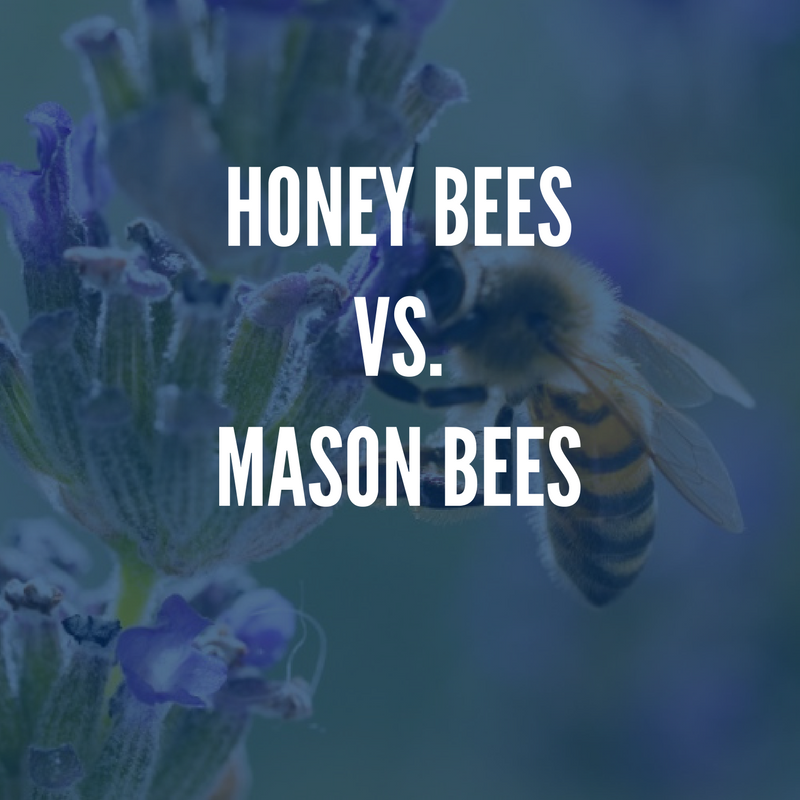Top 10 plants to boost pollination and attract more bees and butterflies. Plant some or all of these in your garden and increase naturally occurring pollinators.
Bee Info.
Bee Information
Here you will find all the expert bee information you need to feel confident raising solitary bees. Scroll down to find bee house tutorials, bee facts and more.
Bee Nesting Material Selection
How to choose which nesting material to use in your bee house. Pros and cons on all types of solitary bee nesting materials.
trouble shoot Garden failures
Gardening is full of work and reward. What happens when it is all work and no reward? (It makes you want to throw out the garden trowel.) Hang on to the trowel a little longer… find out the reason the hard work didn’t pay off this season here to ensure rewarding experience next year.
TIPS AND TRICKS FOR A DO IT YOURSELF BEE HOUSE
DIY Bee House. Cool ideas to customize your bee house. Plus tips and tricks for how to design your own custom solitary bees house.
SET UP GREENHOUSE POLLINATION
How to use alfalfa leafcutter bees inside a greenhouse. What they need, how to set up nesting material, and what greenhouse conditions should be for awesome pollination.
Interested in raising bees but not sure which bee is the right fit for your yard? Learn the differences between solitary bees and honeybees here.
Solitary Bee Basics
Read our Bee Basics page to discover the ins and outs of solitary bees. Learn just how easy it is to care for our bees, the benefits of having solitary bees, and what types of bees we offer!
bee pest management
Find out how to manage bee pests and predators here. The ins and outs of preventing and getting rid of bee house pests.
ALFALFA LEAFCUTTER BEES
Do you have a vegetable garden? Alfalfa Leafcutter Bees are an efficient way to get more food on the table! Find out how to put these bees to work in your yard in our Alfalfa Leafcutter Bee facts page for bigger yummier fruits and veggies this season.
WHEN TO RELEASE SOLITARY BEES
Need to know when to put up your bee house and release your bees? Find out here.
BLUE ORCHARD MASON BEES
Learn why the Blue Orchard Mason Bee is called a “mason bee”, when they emerge, what they pollinate best, how to calculate the number of bees for your yard and what is required to maintain a happy bee house here on our Blue Orchard Mason Bee Facts page.
TEXANA BEE
Diversity in the pollinating world is the way to go. The Greater the diversity of pollinators the greater the pollination! Learn more about our Osmia Texana or “Berry Bee” here.
CALIFORNICA BEES
Californica Bees are environmentally helpful, native pollinators. Put them to work in your garden for yummier, bigger fruits and vegetables. Check out our California Bee Facts page for more information.
SUNFLOWER BEES
Growing a beautiful garden takes work let our Sunflower Bees help! Even if your garden is primarily flowers pollination is still necessary for your flowers to produce seeds. These seeds lead to more flowers through out the season and help the environment in the process. Learn more about our flower loving bee on our Sunflower Bee Facts page.
HOW TO TELL IF MY BEES WORKED
How to tell if your bees worked. Sure signs that your bees were doing their job successfully and signs that there may have been a problem. click here.
HOW TO SET UP MY BEE HOUSE
How to set up your bee house. Learn how to choose the ideal location and put up your bee house.
THE ULTIMATE LIST OF GIFT IDEAS FOR GARDENERS
Stumped on what to get your gardener for Christmas? Check out this Ultimate Gift Guide for Gardeners to find the perfect gift.
Contact us
At Mason Bees, we are here to answer any questions you may have. Whether you are interested in any of our products for you own personal garden or for your orchard, we have a solution for you. Feel free to reach us directly and we will respond as soon as possible.
Phone number: 8016489035
Email: masonbeesforsale@gmail.com
Address: Mason Bees LLC,
10090 N HIGHWAY 38, DEWEYVILLE UT 84309, United States
Get Mason Bees
Boost your garden's productivity by providing a Mason Bee House for peaceful, non-stinging bees. As bee populations struggle, home gardeners can play an important role in attracting bees and other pollinators
News & Updates
Sign up to get the latest on sales, new releases and more …
© 2025 masonbeesforsale.com. Designed by Out of the Sandbox. Powered by Shopify



















